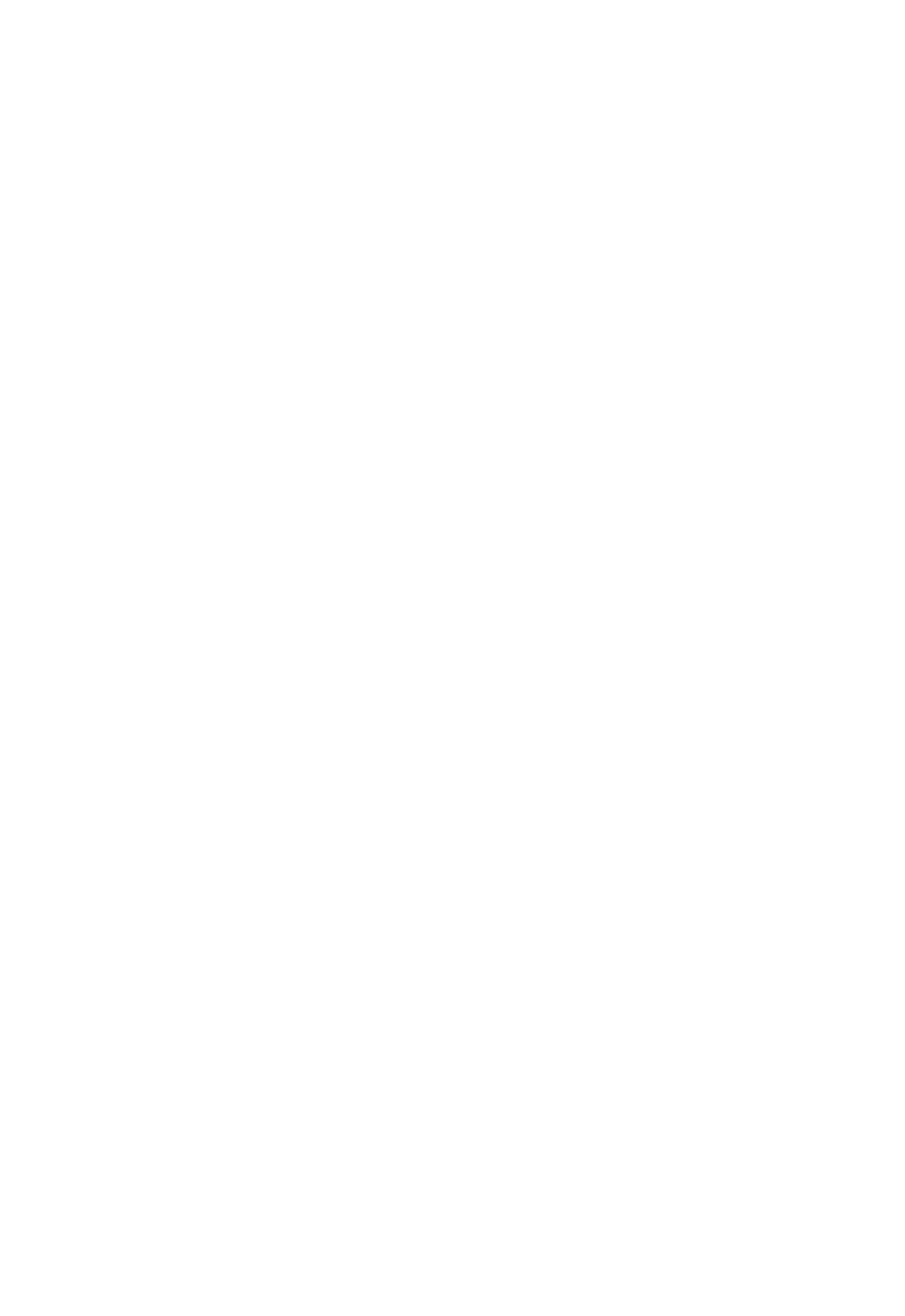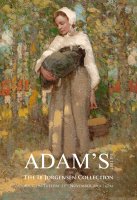

34
27
Evie Hone HRHA (1894-1955)
Composition
Gouache, 30 x 16cm (11.8 x 6.3”)
Provenance: with The Dawson Gallery, Dublin (label verso)
Some eighty-five years ago, in the autumn of 1917, Evie Hone met
Mainie Jellett, an occurrence which was to change the course of twen-
tieth-century Irish art. From London’s Westminster School of Art,
where they were taught by Bernard Meninsky and Walter Sickert, the
two Dublin ladies travelled to Paris to study under André L’hote and
later Albert Gleizes, a pioneer of Cubism. One of the attractions of
Paris for women from Ireland was that some of the private studios of-
fered life classes to the female artist. By the 1930s these two women
had revolutionised Dublin’s conception of art, producing some of the
most avant-garde painting in the British Isles. As Anne Crookshank
says in Irish Women Artists, ‘It was the women, not the mainly very
conservative male artists, of the twenties and thirties who brought Ire-
land into the twentieth century. Always free of the shackles which men
had made for themselves in their academies and in their attitude to life,
women – now that they could go out and earn a living - were able to
experiment with excitement and verve.’
Evie Hone, with Jellett, was the ‘ first Irish artist to introduce into the
practice of painting in Ireland, the principles and idiom of the modern
French approach; that is to eliminate the illustrative element and con-
centrate on filling a given space with a composition in which forms,
planes, colours, values, line and patterns are blended under a harmony
sufficient in itself to provide the spectator with aesthetic interest and
pleasure.’ After her conversion to Catholicism in 1937, Hone’s work
took on a more religious tone which in turn led to many commissions
for stained glass, both in Ireland and abroad.The East Window of Eton
College, completed in 1952, is regarded as one of her finest achieve-
ments.
€1,500 - 2,500



















